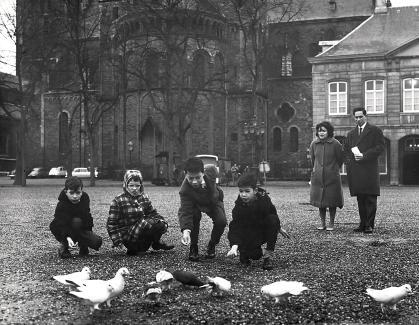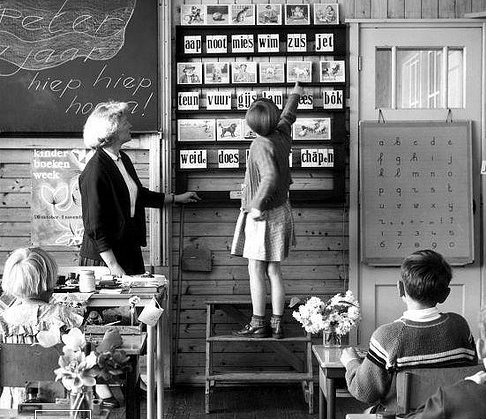There are many expectations of the role of parents and family in the education of a child with Learning Disabilities, LD. There are also expectations of the role of teacher in relationship with parents and family. Both educators and parents share their experiences with the child with Learning Disabilities. They both have their own understanding of Learning Disabilities and their own hopes and dreams for the child. As both a special education teacher and a parent, it is important to think about the environment most conducive to the learning of this child with Learning Disabilities and how he/she is influenced by their surroundings. How to create the most beneficial environment for learning when a child has learning disabilities is an important key to finding success.
As with any child, they have both strengths and weaknesses. The parent needs to by aware of the fact that Learning Disabilities are not anything they or the environment has done to their child. It is a part of their individual genetic makeup. The biggest factor is to consider the specific academic learning disabilities the child might have, ex. math, reading. Parents need to be an active participating partner in their child’s education. The teacher would have close communication with the parent so her efforts and teaching can be reinforced at home. Making the importance not in the cosmetic make up of a class or home but in the ongoing dialogue between all those working with the child.

Each parents understanding of a child with Learning Disabilities varies. They know that their child has difficulties and most try to compensate for their difficulties. For instance, if their child has difficulty reading, they might read for them in certain situations. If their child does not talk, they might let their child point to get what they want. These parents have similar expectations for their child. They want their child to do the best they can. They constantly encourage them to not give up when things are difficult. They want them to be able to read and write at least minimally so they can fill out a job application, get a drivers license, and a job.
Children with Learning Disabilities know they are different by the time they get to middle school. They know that school is harder for them, and they have learned to deal with it. By this time, they have learned their own strategies as to succeed in the classroom. They work harder, and they have found what defense mechanisms work best for them.
A multi-sensory environment can be the most conducive learning environment for any age child with Learning Disabilities. Different learning styles are taught and accepted in these environments. An LD child learns best in small groups with specific individual help. Extra help is needed, so smaller groups help provide the support necessary for success.




